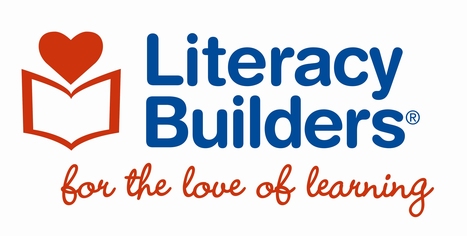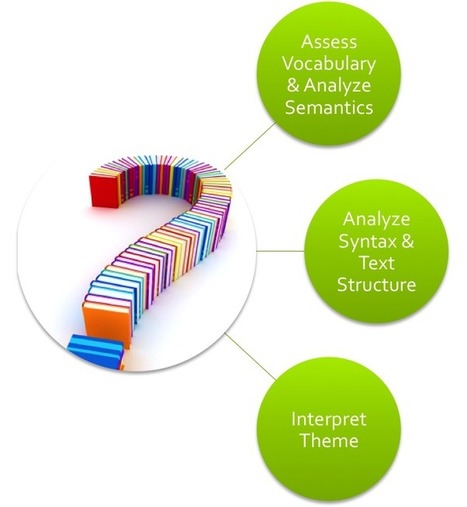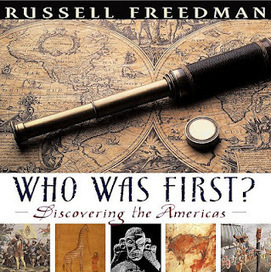Research and publish the best content.
Get Started for FREE
Sign up with Facebook Sign up with X
I don't have a Facebook or a X account
Already have an account: Login
Supporting school leaders in helping all students become college and career-ready and to succeed in post-secondary education and training
Curated by
Mel Riddile
 Your new post is loading... Your new post is loading...
 Your new post is loading... Your new post is loading...
|
Ted Caron's comment,
September 25, 2012 11:14 PM
The second "scaffolding" section presents a list of helpful interventions for at-risk readers. Having said this, it's unclear, at least at this point, the extent to which such interventions (e.g. providing a summary or vocabulary in advance of a reading) undermine the value of reading a complex text in the first place. Of all the interventions, small group or one-to-one instruction--complete with interactive or divided notes and a list of prepared and VERY text-specific questions--may be the most effective and appropriate intervention of all, provided that we have the resources and time to give.
|





























